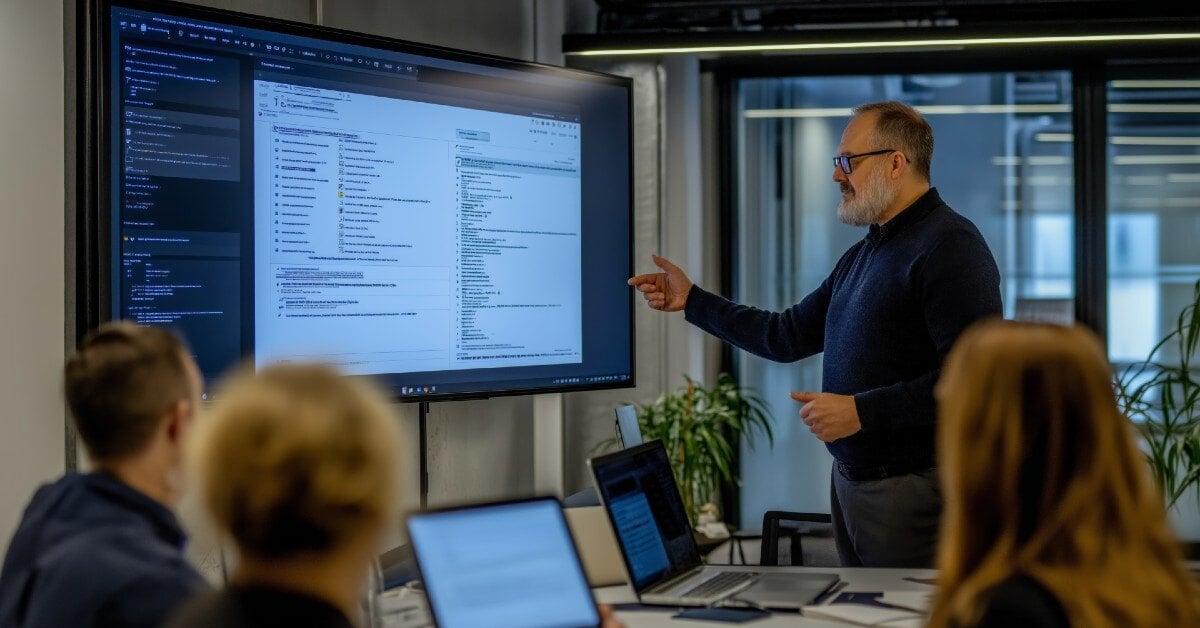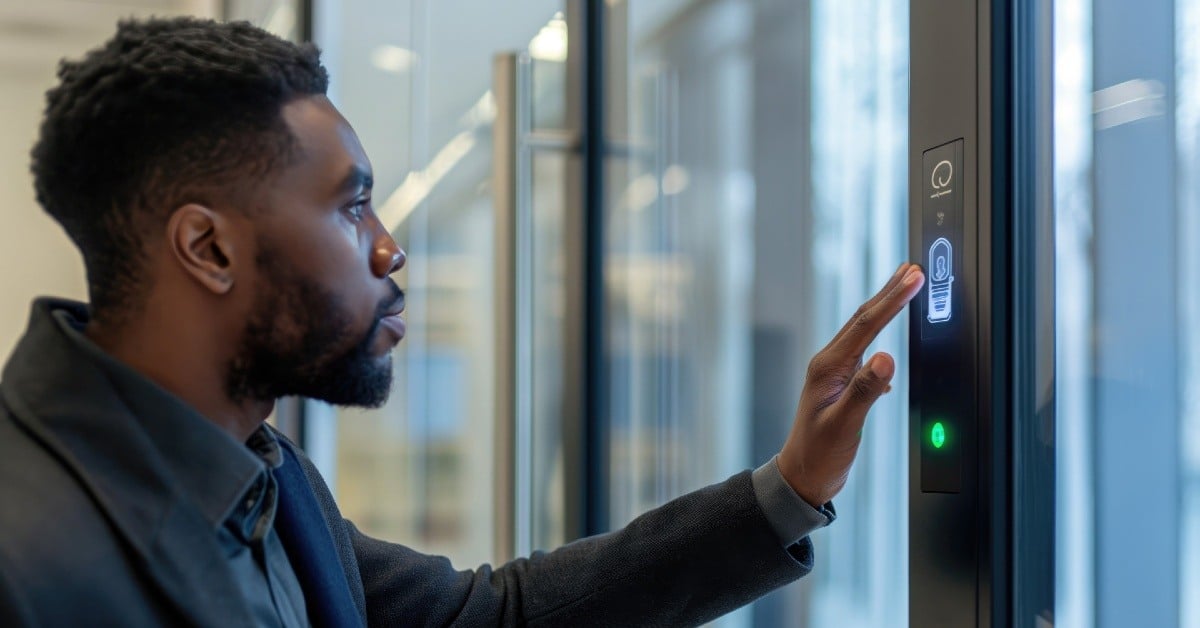Over the past few years, as businesses quickly moved away from the physical office which housed a centralised tech infrastructure, many cybersecurity gaps were left exposed. In a business landscape now largely characterised by a decentralised workforce, the opportunity for further, more advanced cybersecurity threats increases.
Since decentralised workforces are here to stay, it’s critical that businesses place a bigger emphasis on creating a holistic, secure digital ecosystem that also accommodates mobility. In our recent webinar with Huon IT, a Kyocera Group company, we discussed the current cybersecurity threats and what organisations need to do to mitigate risks and reinforce the security of their IT infrastructure. This blog outlines the key takeaways from the webinar.
The 3 biggest cybersecurity challenges in a decentralised workforce
Today’s work-from-anywhere culture is creating potential security weaknesses, presenting three great challenges for many organisations:
1. Advanced security threats
The range of cybersecurity threats that can harm an organisation is vast. These include account takeover and credential theft or compromise, fileless attacks, remote and cloud attacks, zero-day exploits, phishing attacks and the most common and dangerous one - ransomware attacks. Ransomware attacks encompass a very lucrative, $1 billion industry, meaning it’s a highly-funded and sophisticated operation.
Unfortunately, these kinds of threats do extend to all devices and IT infrastructure including your printers as they hold critical business data. This means they can be exposed to unauthorised access to print data and configuration changes, print job manipulation, and print data disclosure. This makes things like data encryption across all devices, employing a multi-layered security plan, and tracking remote hardware absolutely vital.
2. Staff turnover
Organisations globally have experienced a spike in staff attrition leading to increased staff turnover. Historically, when people left a company, it was done in a controlled environment where they handed back their PC, information was housed in an internal database, and print and scanning devices remained on premise in the physical office. Now, when a staff member leaves, while they might hand back their PC or laptop, they could still have data stored on their network and across devices in their home office. This increases the demand for greater endpoint security and adequate education around the onboarding and offboarding process for staff.
3. Balancing security with mobility
It might seem like an impossible task to grow and scale your business with speed and agility while also ensuring security. Given the speed of change, it’s no surprise that many organisations struggle to keep up with evolving technologies, advancing security threats and implementing the right systems and processes to empower hybrid working. So how can your organisation ensure that everyone has devices to keep them connected and collaborating while minimising the risk of moving to a long-term decentralised workforce?
Best practices for cybersecurity in a decentralised workforce
A comprehensive, holistic security strategy is the key to sustained success for your network and document infrastructure. Taking a three-lense approach of people, policies and technology will help you prioritise the risks most crucial for your company to address. The best practices below will help you gain back control of your devices and provide visibility over what is being plugged into the network.
- Start a conversation - Elevate cybersecurity risks discussions and construct top-down policies to define roles and tasks. This includes ensuring all stakeholders and staff are aware of the importance of a holistic approach to cybersecurity and its pivotal place in the broader company strategy.
- Assess risk - Evaluate your current security posture so you can work towards limiting your exposure to potential cyber threats. Looking at how you manage organisation-specific cybersecurity risks can inform long-term investments and how you train staff, ensuring that they are up-to-date with evolving threats. Your findings will help you prioritise the cybersecurity risks you need to address most urgently.
- Implement action plans - Develop and use procedures for incident response, business continuity, and disaster recovery. It helps to implement industry standards and best practices rather than relying solely on compliance standards and certifications.
- Empower and encourage staff through education - You have a better chance of retaining a quality workforce through consistent training and upskilling programs. This means providing training for not just how to use different technologies and systems but also how to protect them.
Cybersecurity in a decentralised workforce is an ongoing process that you need to keep reassessing to remain alert of new threats that surface. A holistic approach that engages people, policies and technologies can reduce risk and help inform businesses on the right tools to identify cybersecurity gaps and opportunities before a crisis takes hold.
As hybrid environments become more commonplace, it’s critical for companies to uphold a high level of cyber security. To learn how to strengthen your business’ security posture and mitigate risks in your decentralised workforce, watch our on-demand webinar.





